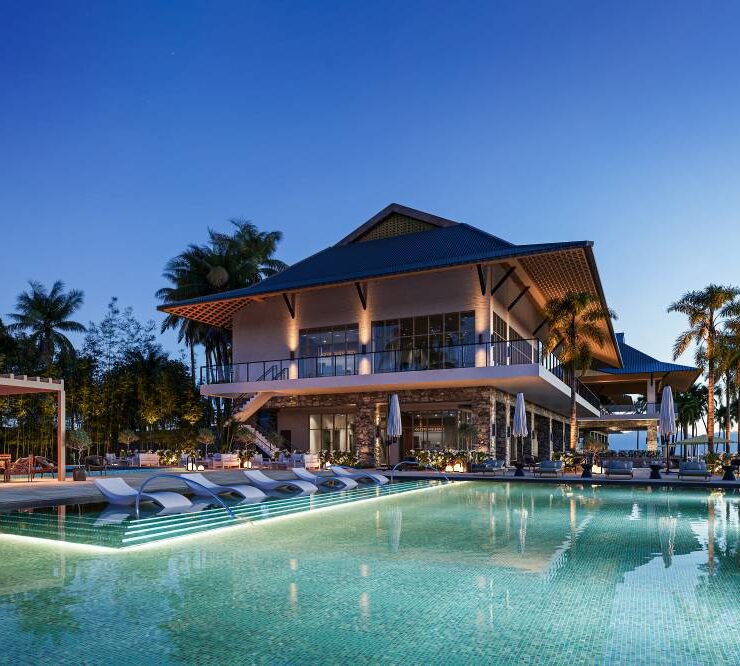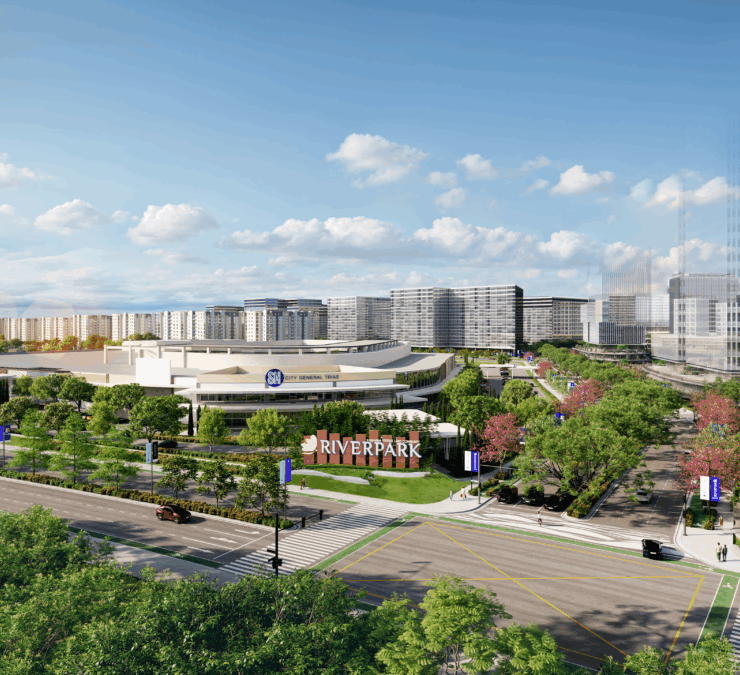Celebrating women who shape the world through architecture
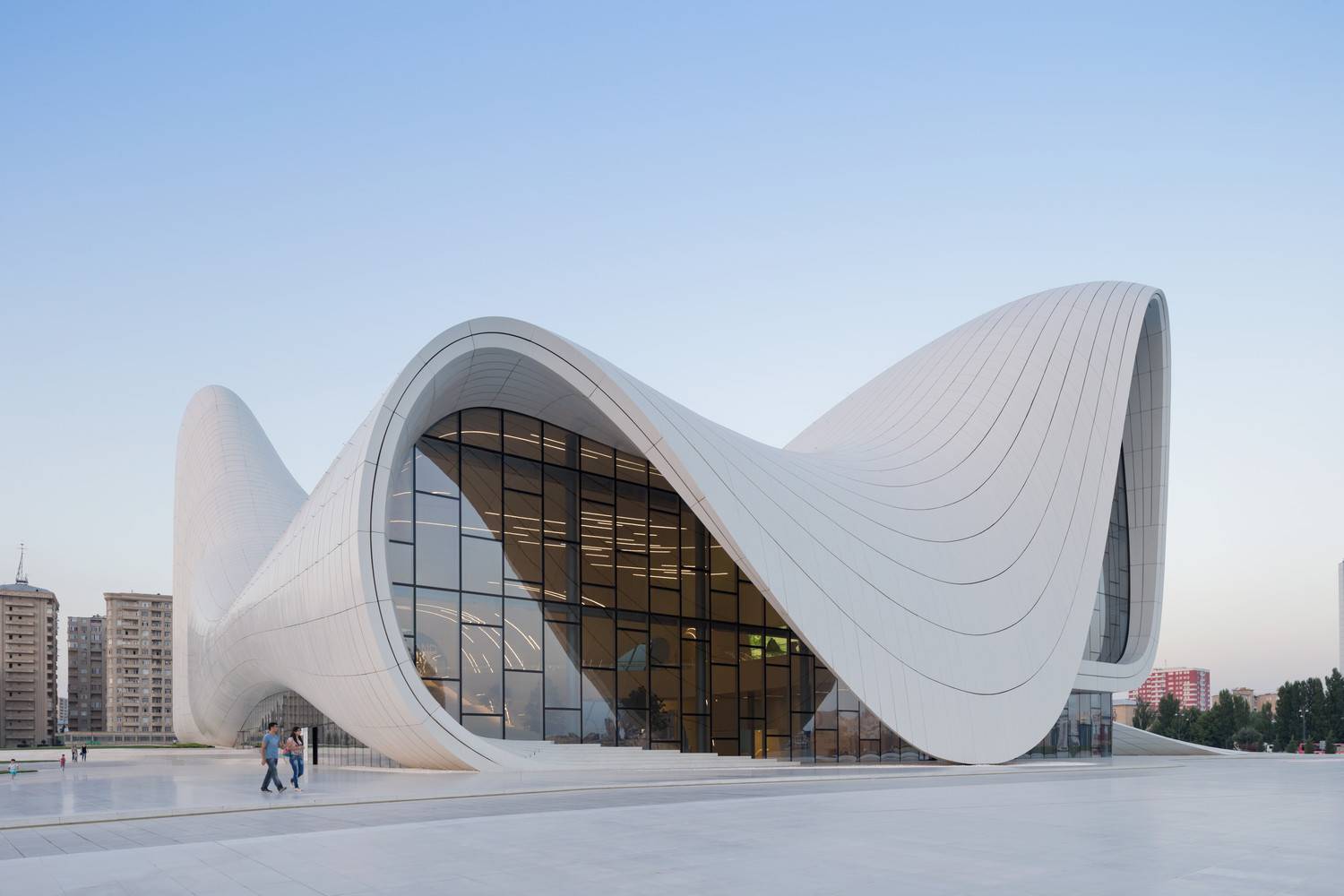
On Mother’s Day, we celebrate the homes that shape us, symbolizing safety, creativity, and identity.
Many female architects design environments nurturing families and uplifting communities, blending empathy, resilience, and imagination into their work. They redefine intentional design, transforming personal values into universal experiences.
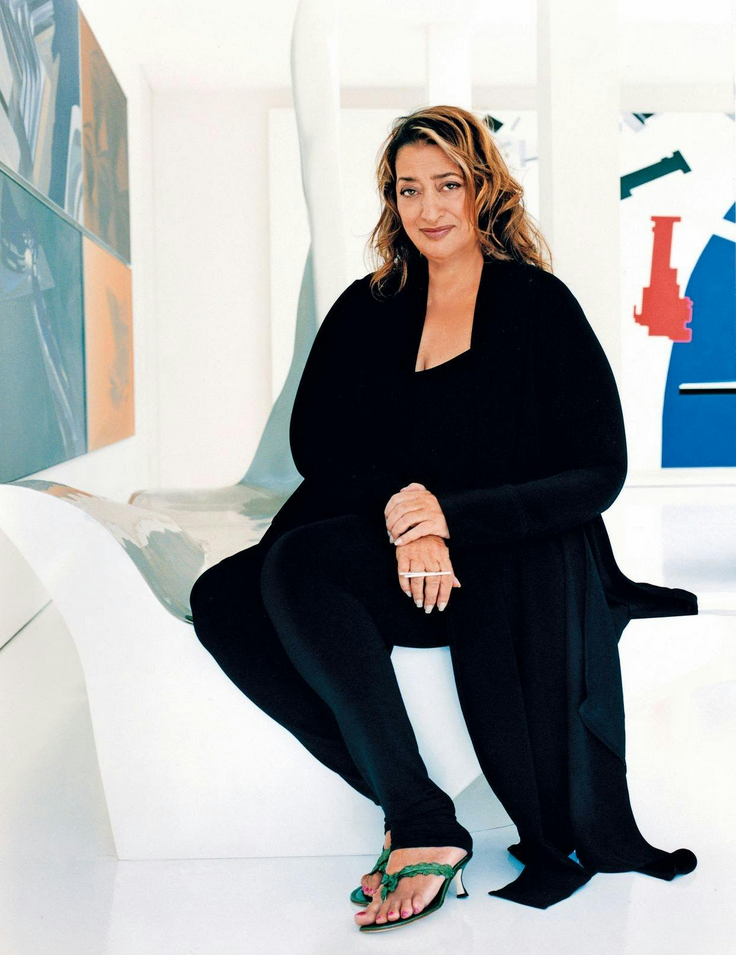
Zaha Hadid and the ‘Sculpted Future’
Zaha Hadid challenged gravity and convention with iconic designs, from the Heydar Aliyev Center to the MAXXI Museum.
Her bold and complex forms, which often embrace curves and asymmetry, create human-centered spaces that feel intuitive. Hadid’s architecture reflects the adaptability of maternal instincts, shaping museums and cultural centers that promote a dynamic public life closer to the intimacy of home.
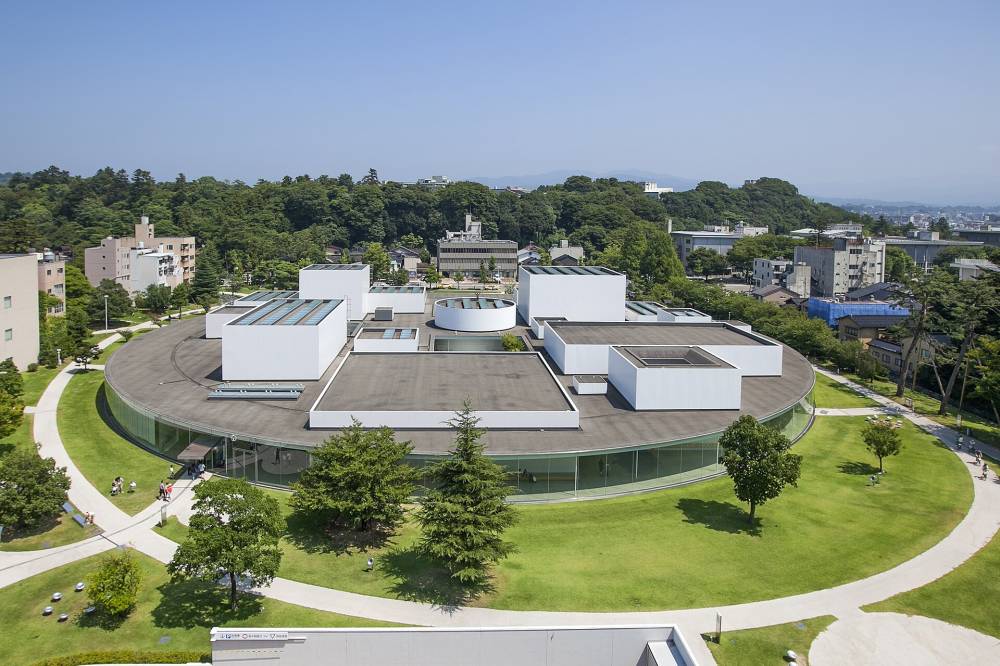
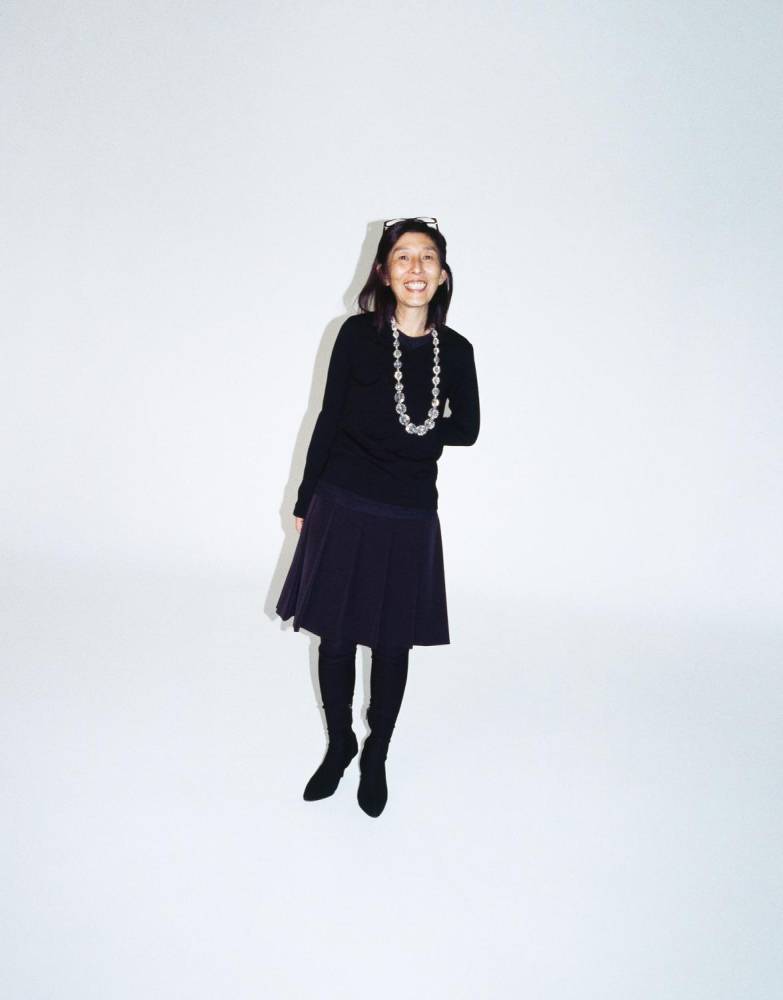
Kazuyo Sejima and the ‘Softness of Light’
Kazuyo Sejima’s architecture embodies stillness and attentiveness, particularly through her partnership with Ryue Nishizawa in SANAA.
Notable works like the 21st Century Museum of Contemporary Art and the House in a Plum Grove showcase her understanding of domesticity. These designs blend transparency and natural light. Her architecture promotes freedom, allowing inhabitants to shape their routines in a home that listens rather than dictates.
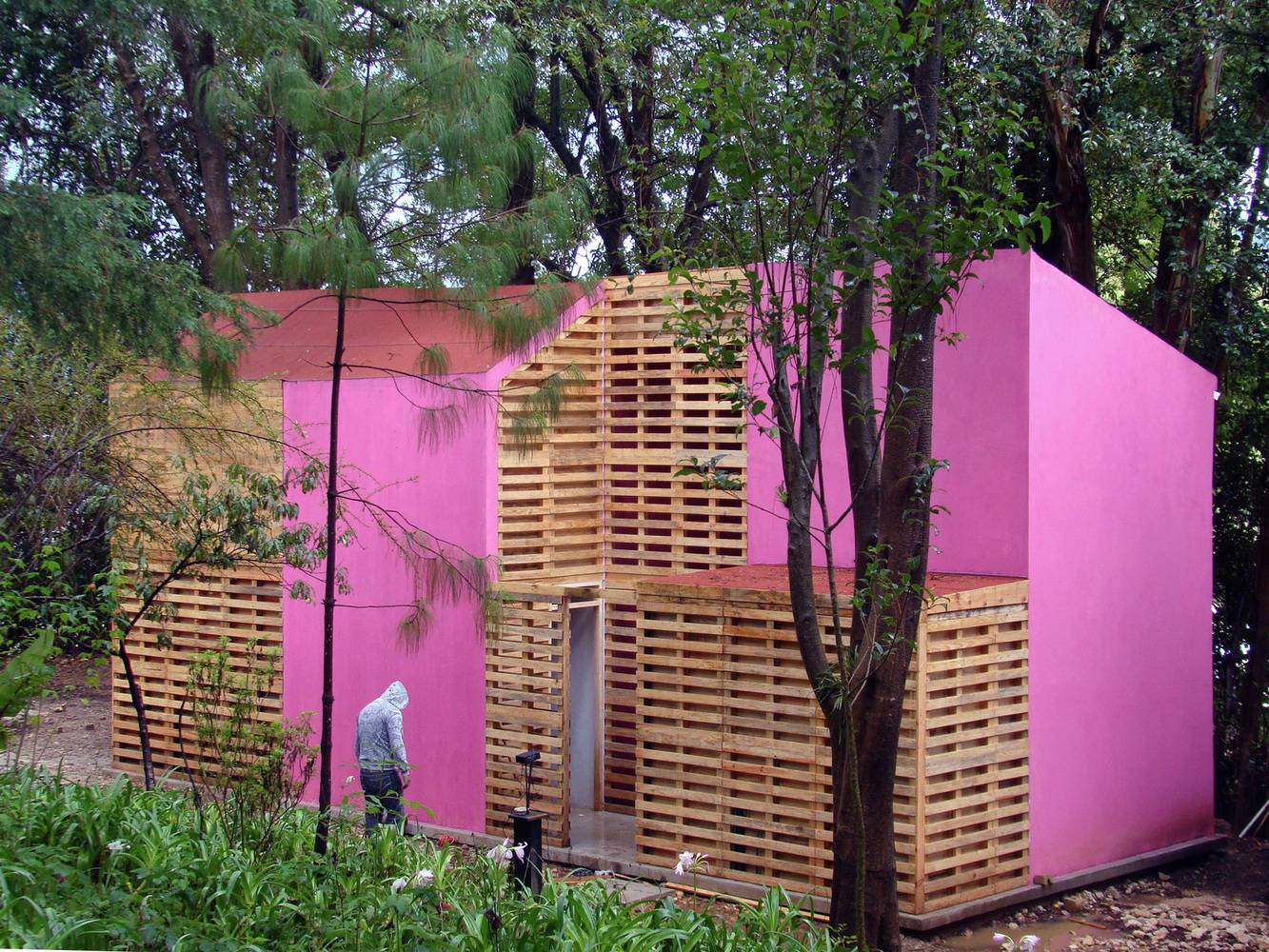
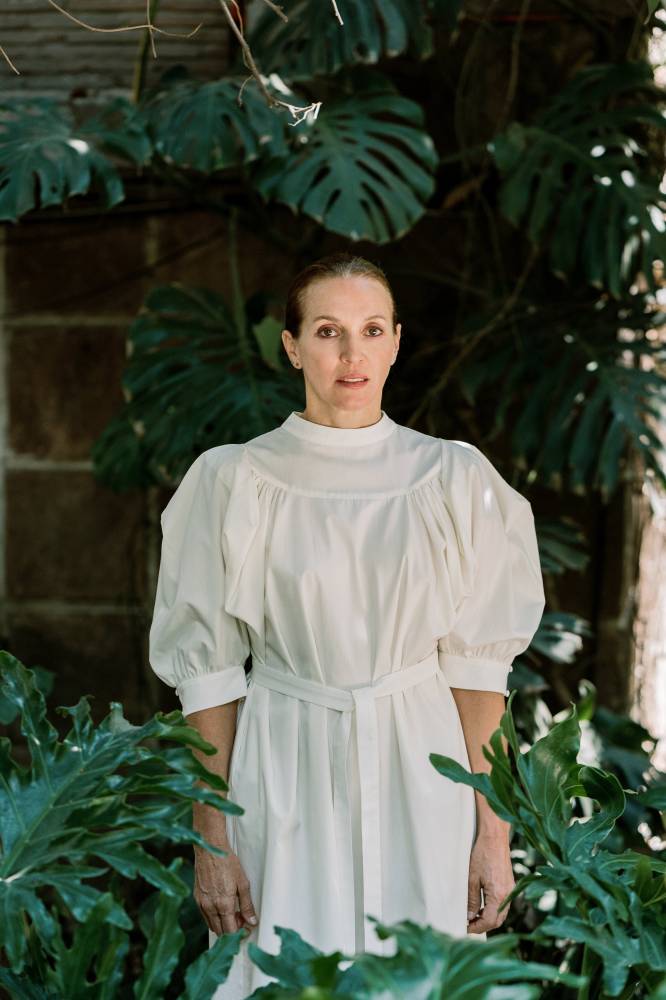
Tatiana Bilbao and ‘Homes that Speak to All’
Tatiana Bilbao advocates accessibility and inclusion through vernacular design. Her social housing projects prioritize dignity and joy, not just affordability, by featuring modular models made from local materials that adapt to cultural contexts.
Her “Sustainable House” prototype, priced at only $8,000, exemplifies thoughtful design. Bilbao believes architecture should promote equality, with spaces reflecting the ethos of caregiving. In her view, a home is a fundamental right, foundational for love, security, and self worth.

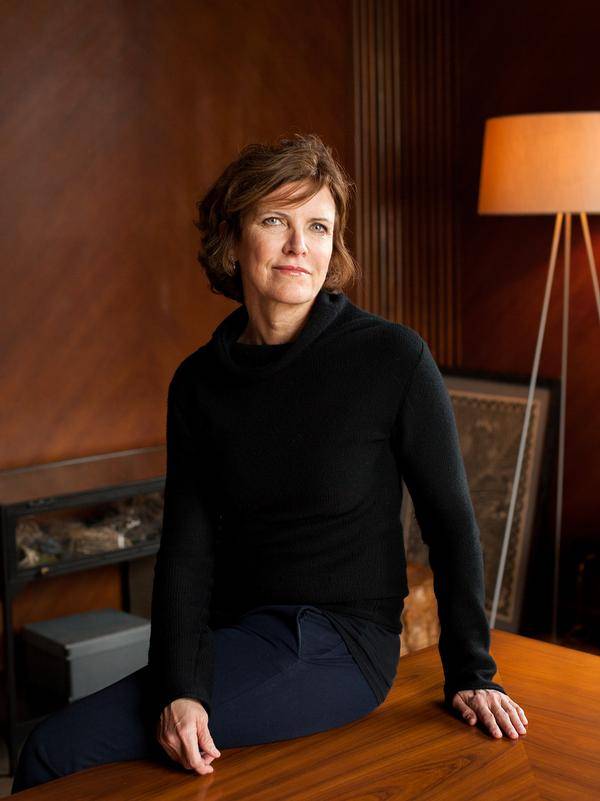
Jeanne Gang and ‘Vertical Communities’
Jeanne Gang’s buildings, including the Aqua Tower in Chicago, prioritize human scale even as they reach great heights.
The Aqua Tower features undulating balconies and landscaped terraces, creating a vertical neighborhood. In projects like Solstice on the Park and the Nature Boardwalk Pavilion, she examines the interaction between architecture and ecosystems. Gang’s designs promote community, viewing homes as interconnected spaces that share resources and encourage interaction, much like families.
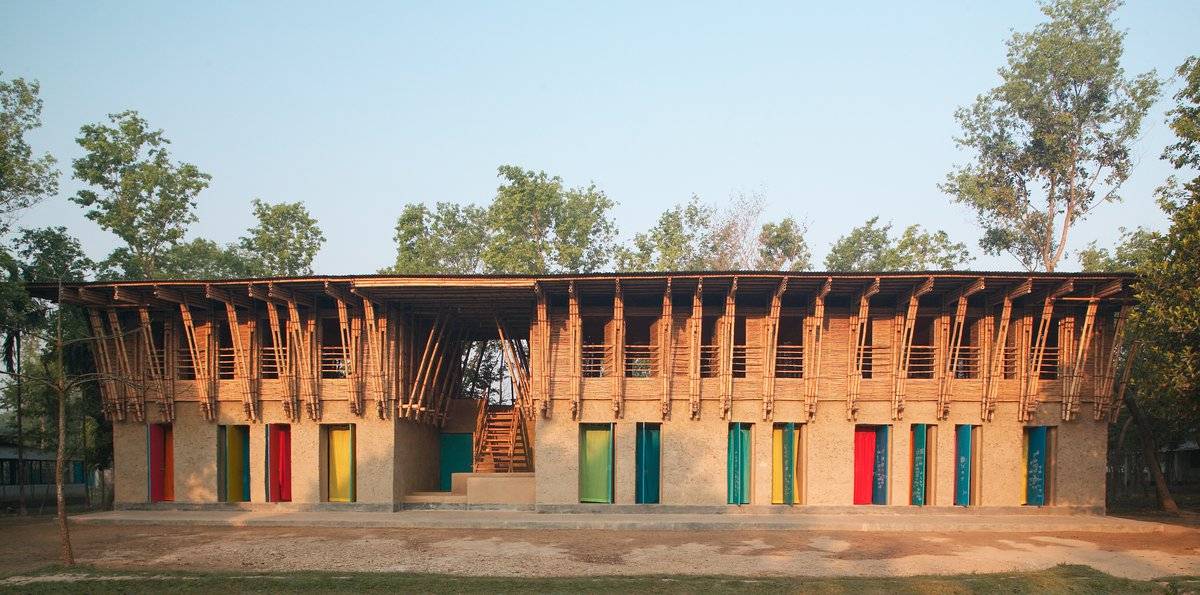
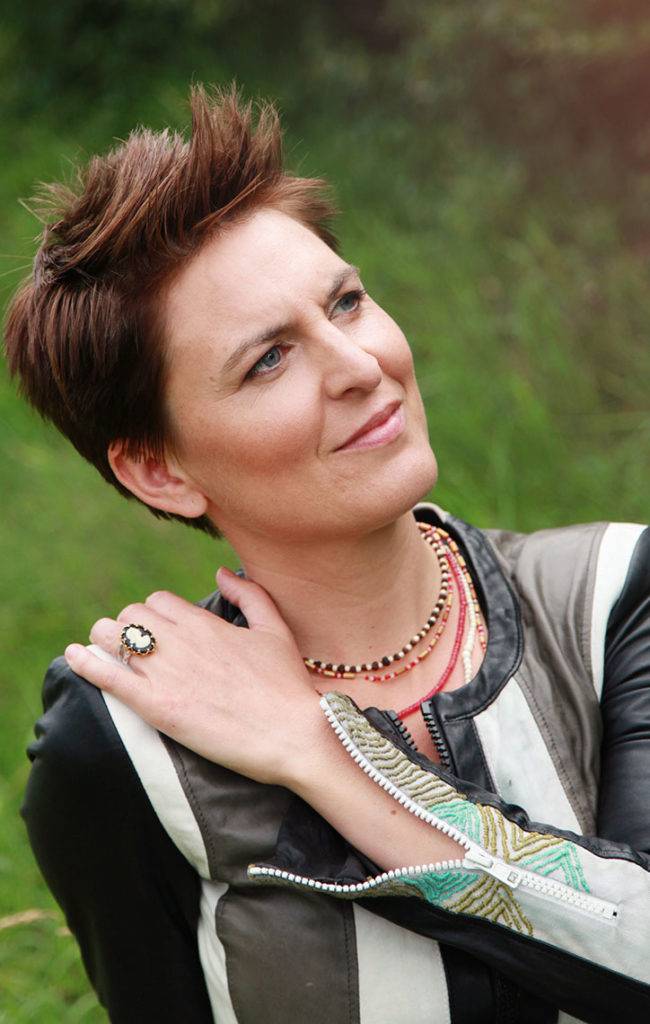
Anna Heringer and the ‘Earth as a Nurturer’
German architect Anna Heringer believes architecture can improve lives by using local materials like mud, bamboo, and fabric.
Her METI School in Rudrapur, Bangladesh, is nurturing, inclusive, and rooted in care. The school emphasizes local identity, craftsmanship, and respect for nature, reminding us that architecture is about cultural affirmation and community well-being. Heringer’s work embodies caregiving instincts, helping communities flourish with dignity.
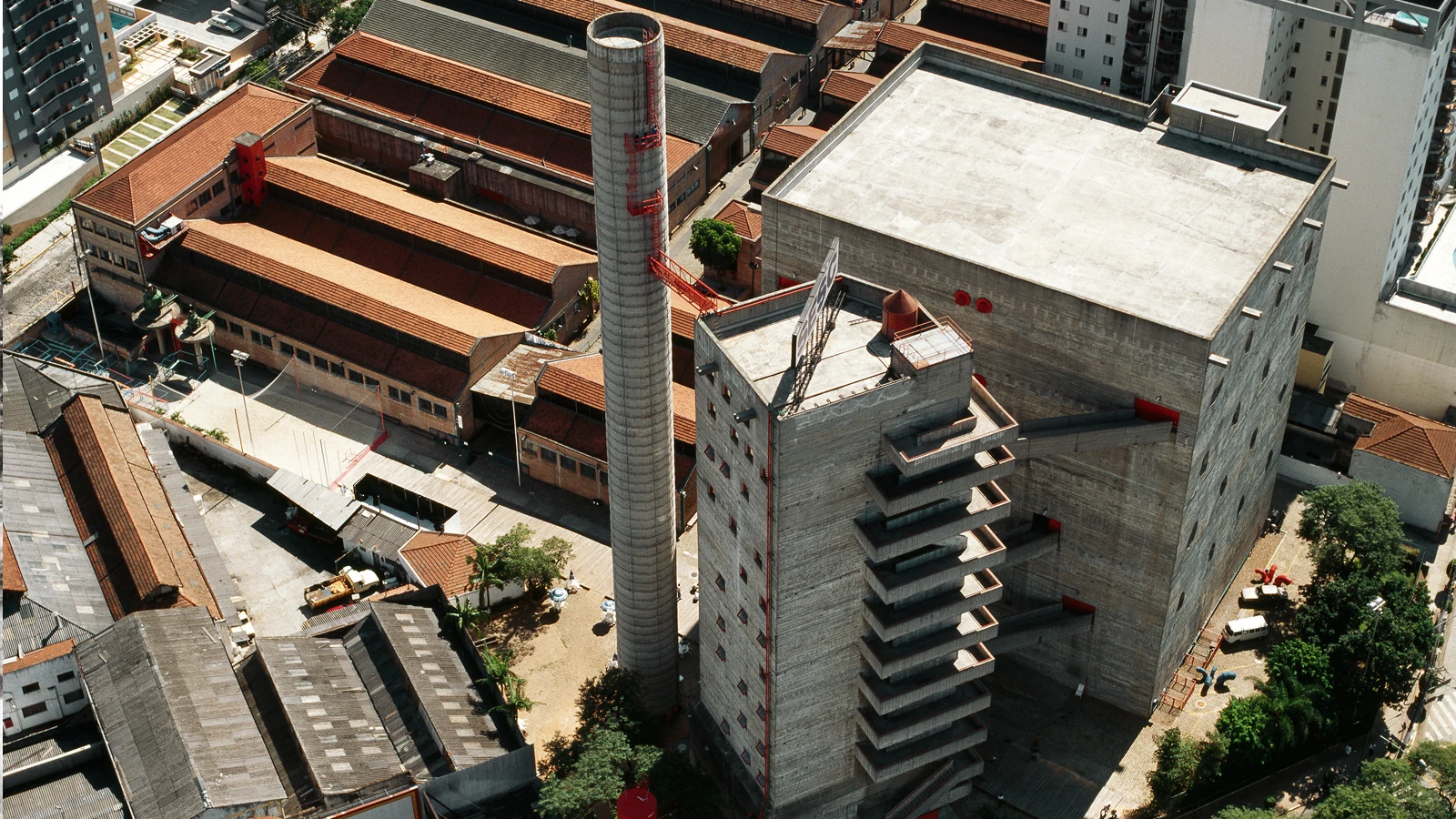
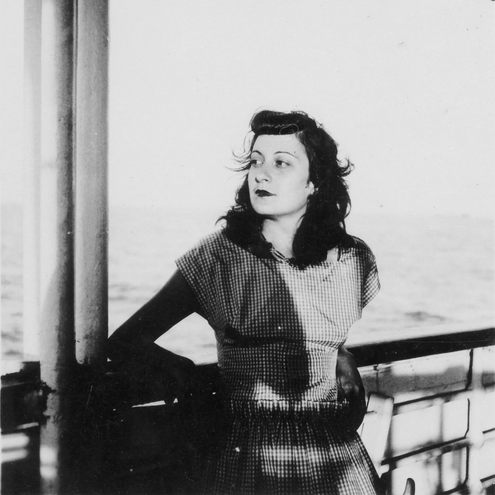
Lina Bo Bardi and the ‘Spirit of Play’
In Brazil, Lina Bo Bardi redefined architecture as an extension of social life. Her transformation of a factory into SESC Pompeia in São Paulo created a vibrant space for art, play, and community gathering.
Bo Bardi engaged with her surroundings, blending the roles of artist and architect. She viewed architecture as a living process that evolves with its users, much like a mother adapting to her children’s needs. Her designs celebrate the ordinary, elevating everyday life to the poetic.
A future made by women
These women reshaped how we live and connect. Their work shows that architecture is about spaces of memory, change, and connection.
Today, we honor those who use architecture as an act of nurturing, creating environments that inspire and support us through life’s journeys.
References: Zaha Hadid and Heydar Aliyev Center & MAXXI Museum via www.archdaily.com; Kazuyo Sejima, House in a Plum Grove, and Century Museum via https://arquitecturaviva.com and https://en.wikipedia.org; Tatiana Bilbao and Sustainable Housing via www.archdaily.com; Jeanne Gang and Aqua Tower & Solstice on the Park via https://studiogang.com; Anna Heringer and METI School via www.anna-heringer.com; Lina Bo Bardi and SESC Pompeia via https://arquitecturaviva.com
The author (www.ianfulgar.com), is a leading architect with an impressive portfolio of local and international clients. His team elevates hotels and resorts, condominiums, residences, and commercial and mixed-use township development projects. His innovative, cutting-edge design and business solutions have garnered industry recognition, making him the go-to expert for clients seeking to transform their real estate ventures


















